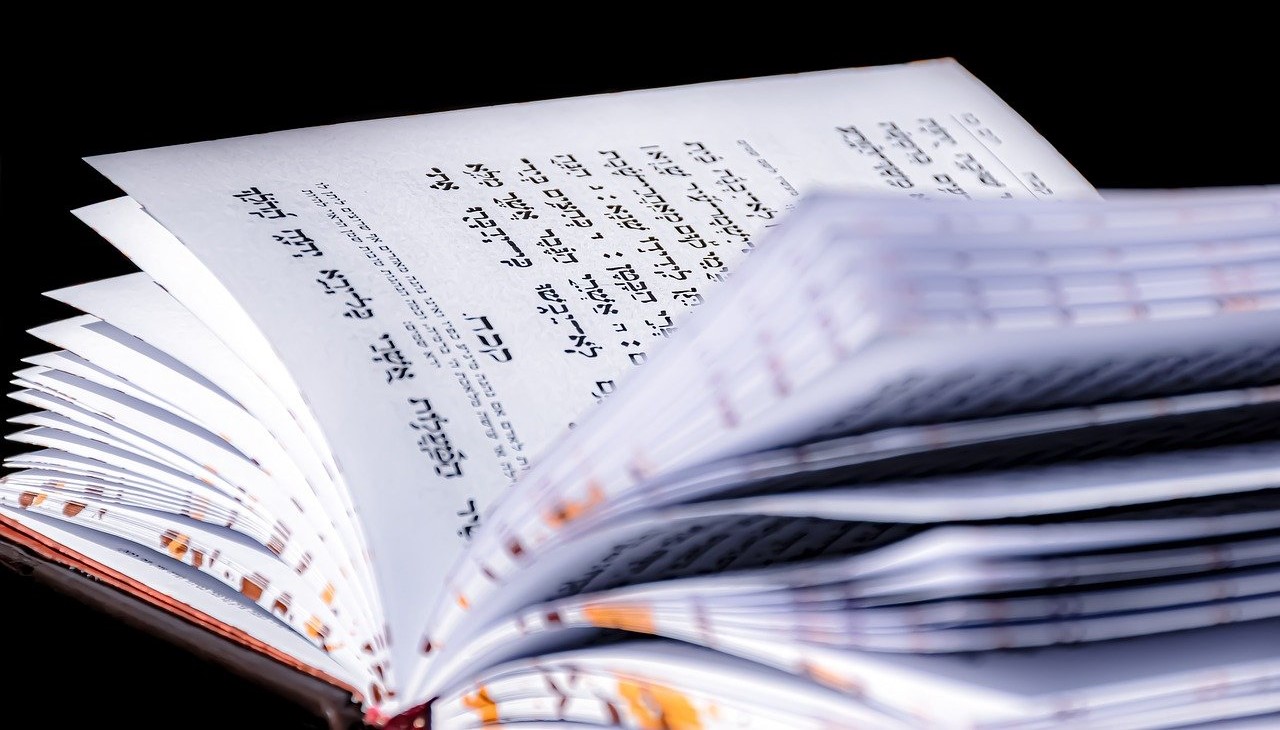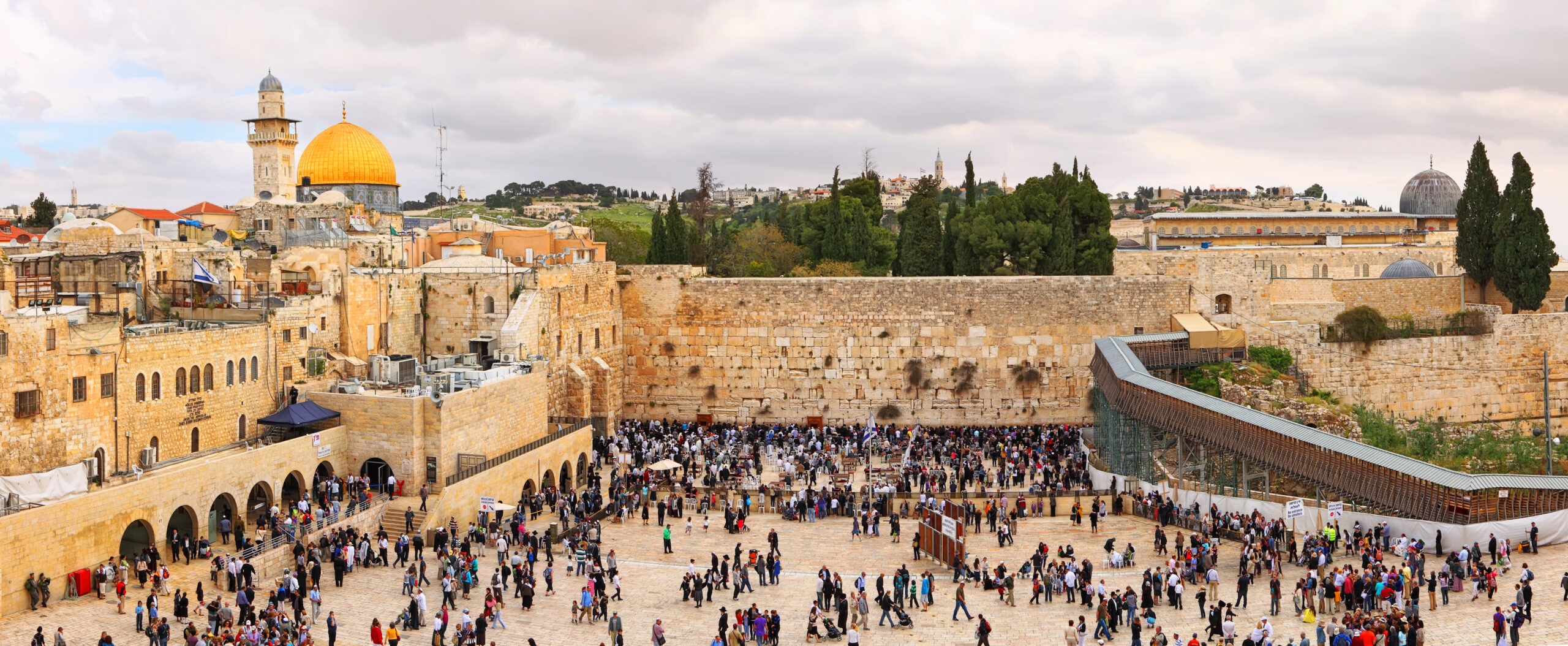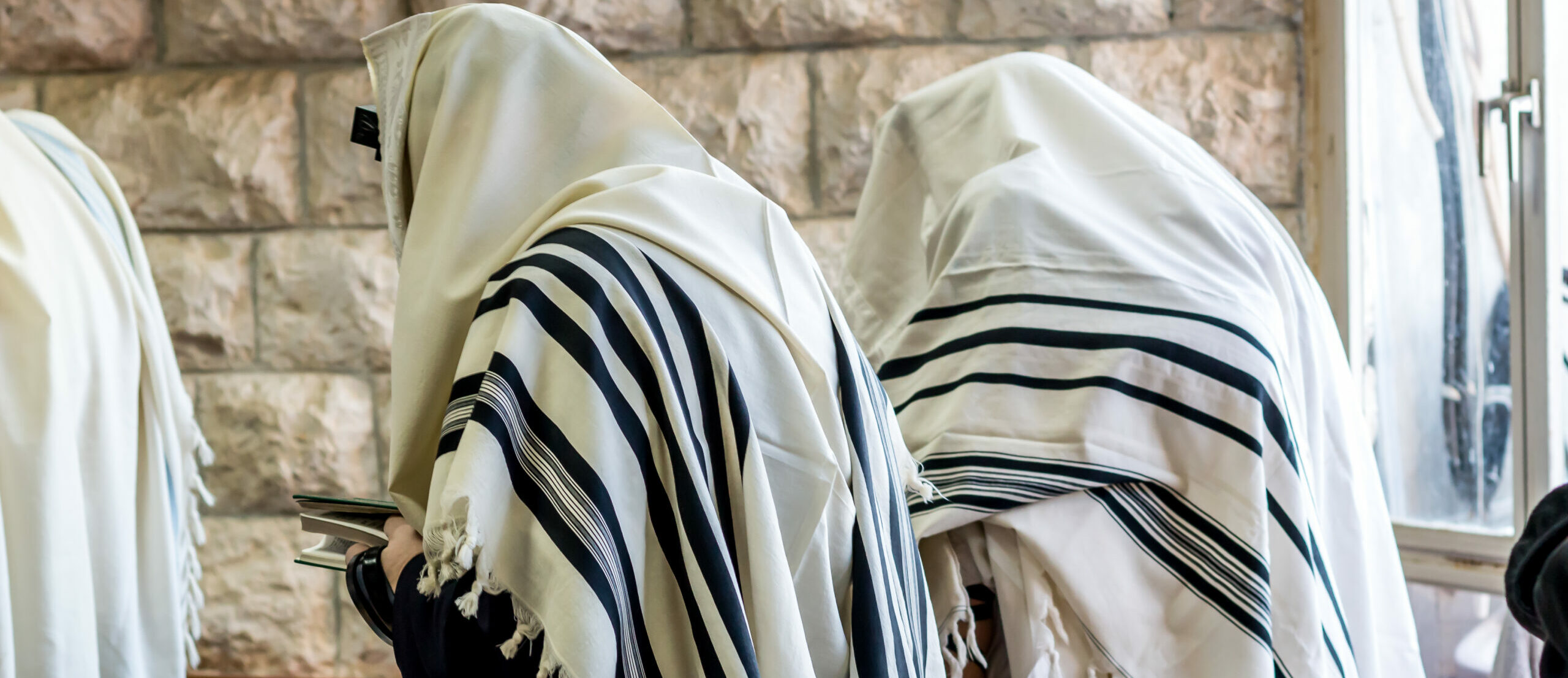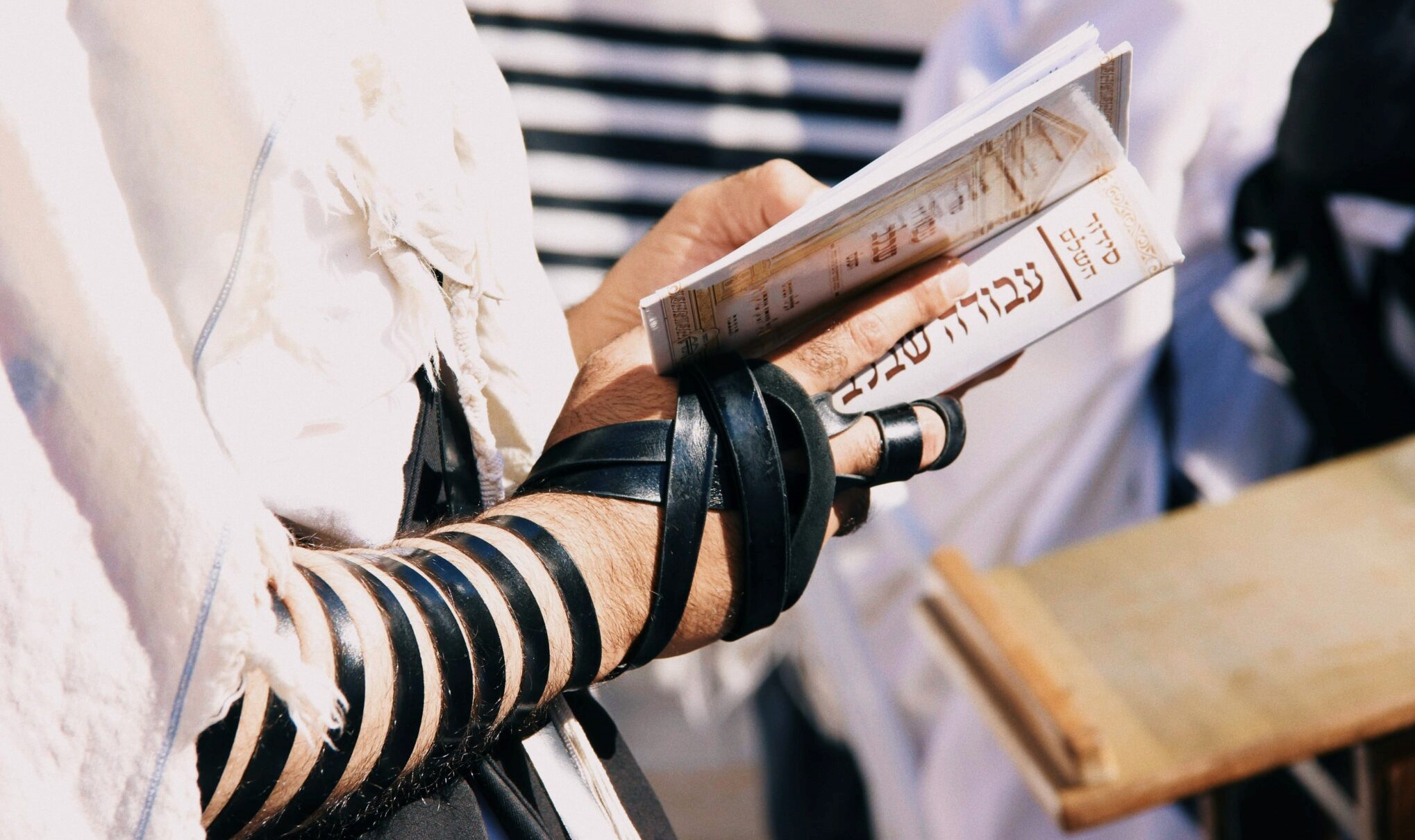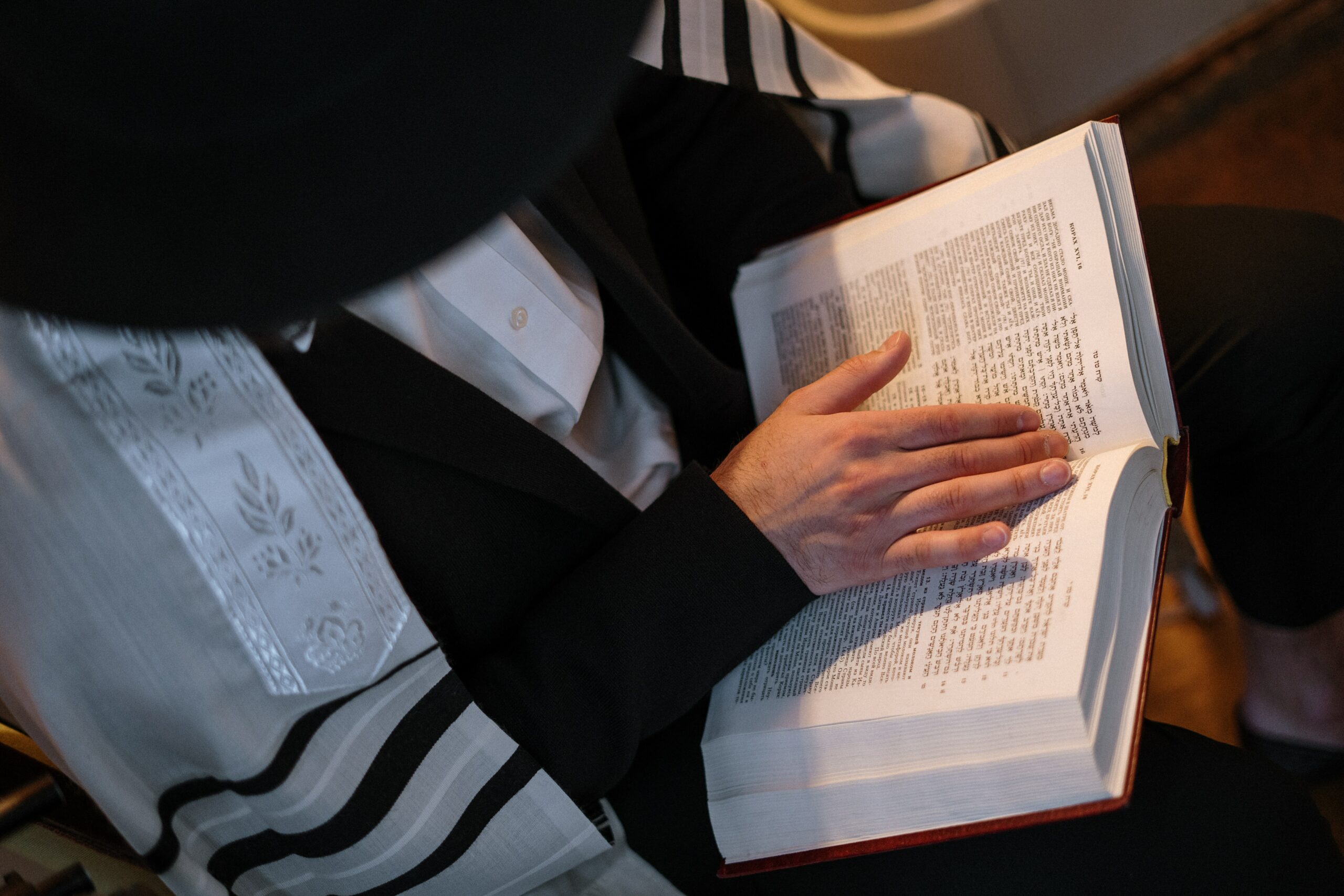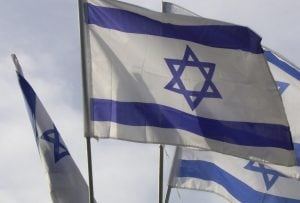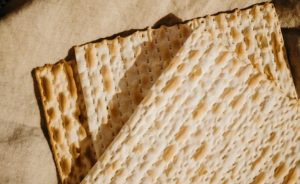The overarching purpose of Selichot is to facilitate personal and communal repentance. As Jews reflect on their actions, they consider the areas of their lives that require improvement and seek to repair relationships that may have been strained. This process of introspection helps individuals align their actions with their values and spiritual goals ahead of the new year.
The time serves as a powerful precursor to the High Holy Days, offering a period of gradually intensifying spiritual urgency. By engaging in these prayers, individuals set a tone of humility and improvement, acknowledging their shortcomings and demonstrating a sincere commitment to lead a better life.
In this sense, Selichot not only function as a means of seeking forgiveness but also as a way to instigate the process of teshuvah that requires both those practical and emotional components. By reciting these with devotion and sincerity, individuals open their hearts to change and growth, preparing themselves to stand before God during the awe-inspiring days of Rosh Hashanah and Yom Kippur.
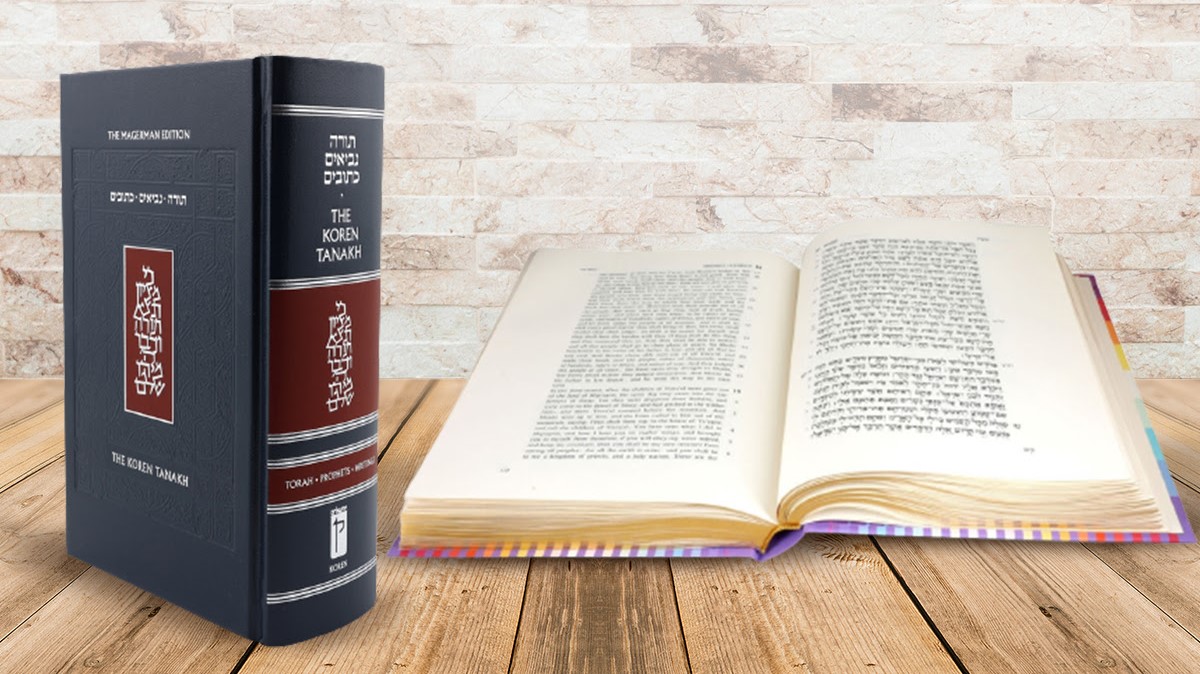
As the Selichot season approaches, let us embrace this opportunity for self-reflection, forgiveness, and renewal. Through these prayers, may we find the strength to mend our ways, deepen our connection with our faith, and approach the Days of Awe with a renewed spirit of devotion.
Make sure you're ready for Rosh Hashanah services starting on Friday, September 15, 2023.
Plus, you can find all of your Rosh Hashanah gifts for family, friends, and hosts here!
